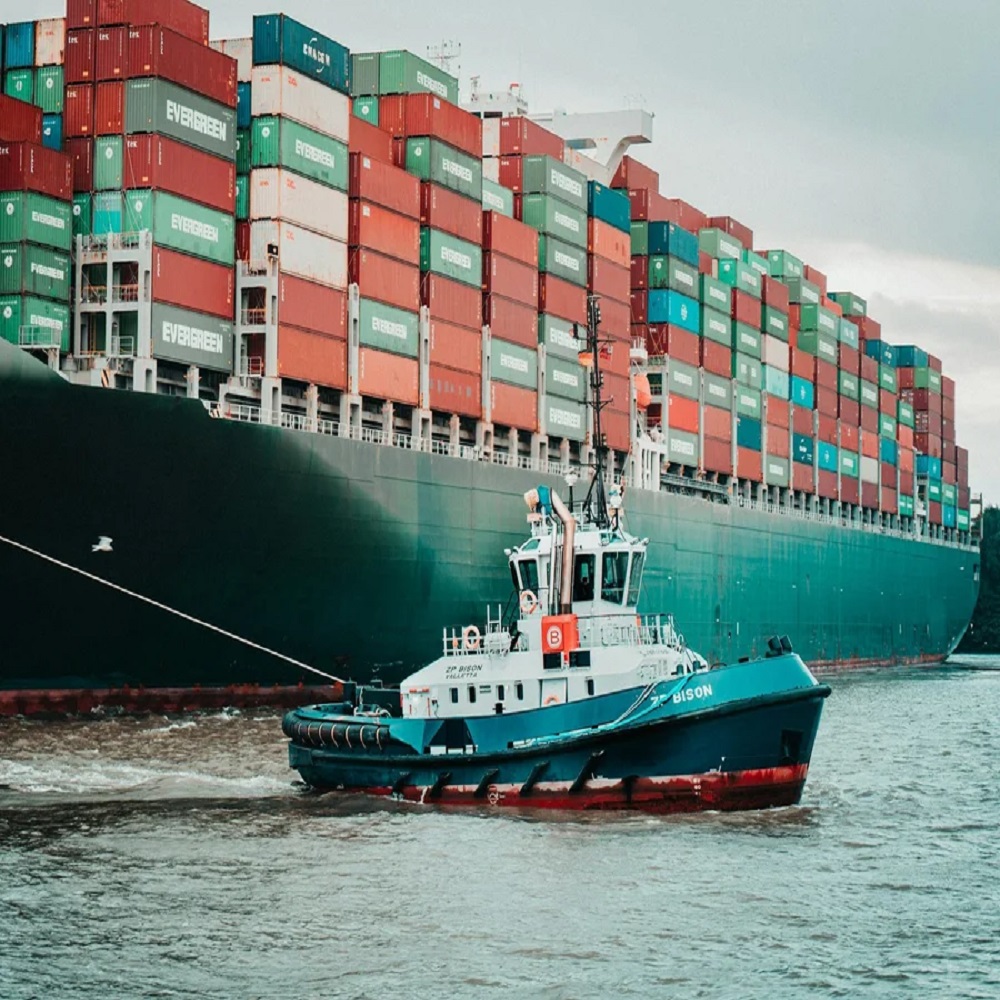Annually released with the ASCM, the KPMG Supply Chain Stability Index serves as a gauge for the worldwide supply chain community.
Supply chain professionals can better understand the stability of US operations with the use of the KPMG Supply Chain Stability Index, which was created in partnership with the Association for Supply Chain Management (ASCM).
It serves as a gauge for the worldwide supply chain community as well.
KPMG reveals the Supply Chain Stability Index for 2023 and notes that the following four elements were taken into account in the most recent report:
Total amount of items shipped
The rate at which products arrive at their destination
The price of moving products from their point of origin to their final destination
These factors' variability
The Supply Chain Stability Index authors report that supply chain stability increased overall in 2023 and that there was a "tremendous improvement," but they also note that a number of factors are "still driving continued fragility."
The idea that pre-pandemic normalcy will return during the next 12 months is largely discounted. Instead, factors that have contributed to the recent instability include the closure of trade corridors between the US and Mexico, cross-border patrol closures, and Middle East conflicts that have resulted in attacks on commercial ships in the Red Sea.
There are still reasons to be optimistic, though, like increased nearshoring initiatives in Canada and Mexico that lessen need on other areas.
The overall return to higher levels of stability, despite ongoing supply chain issues, is a tribute to the extraordinary work of many supply chain professionals, says ASCM CEO Abe Eshkenazi.
The index keeps showing that individuals are what really matter. Talent development in the supply chain is essential to reducing disruptions, fostering resilience, and promoting growth.
"Even though the Supply Chain Stability Index shows a reduction in operations instability throughout the year, there are still challenges such as cross-border patrol closures and conflicts leading to commercial ship attacks," says Jim Lee, Supply Chain AI Leader at KPMG.
Even while it's unlikely that pre-pandemic normalcy will fully return in 2024, there have been encouraging trends like the resurgence of just-in-time inventory techniques and a minor reduction in the level of talent rivalry in the labor market. However, because of volume variations and geopolitical reasons, the logistics industry still confronts considerable hurdles. Supply chains must maintain their vigilance and use robust tactics in order to advance.

Categories

Magazine Editions



















